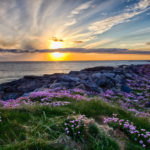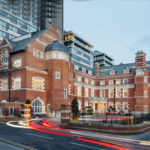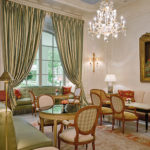Spend A Lazy Summer Journeying Through Croatia
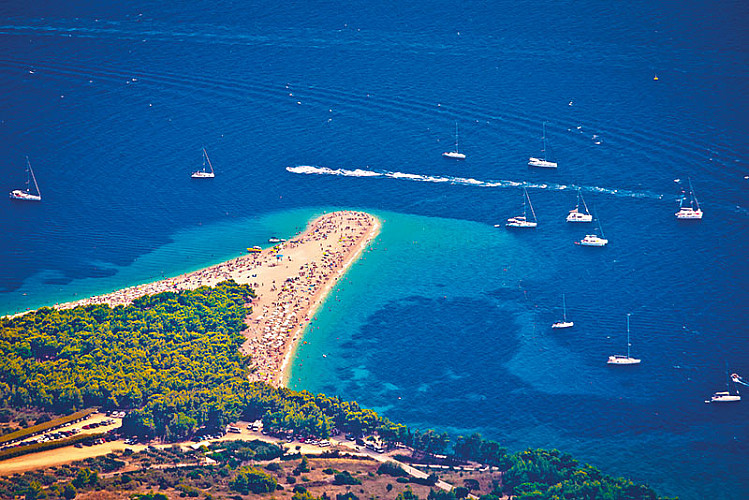
We are in truffle heaven. As platters of cream soup, bruschettas, beefsteaks, pork medallions, home-made pasta and gnocchi, all anointed with the aromatic shavings, make their way to our table for nine, we are engulfed with the powerful scent of the fungi that has its origins in the murky underground. We are at a welcome dinner hosted by a dear friend, Professor Nenad Lipovac, urban planner, from the Faculty of Architecture, University of Zagreb, who has donned a temporary garb of expedition high priest and guiding light for our 10-day sojourn along Croatia’s spectacular coastline. The à la carte restaurant, Palladio, housed in Hotel Kastel, a 17th-century hilltop palace in the perched village of Motovun, is redolent with the flavours of traditional Istrian cuisine that is aptly relished with several glasses of a Tomaz rosé and a Teran Fakin, typical of the vineyard-girdled region. It is at the Roxanich winery, 23km away, that the dapper owner Mladen Rozanic, takes us on a tasting journey the following morning, via a cellar lined with wooden barrels and steel casks that yield about 80,000 bottles of full bodied natural wines that adhere to high ecological standards.
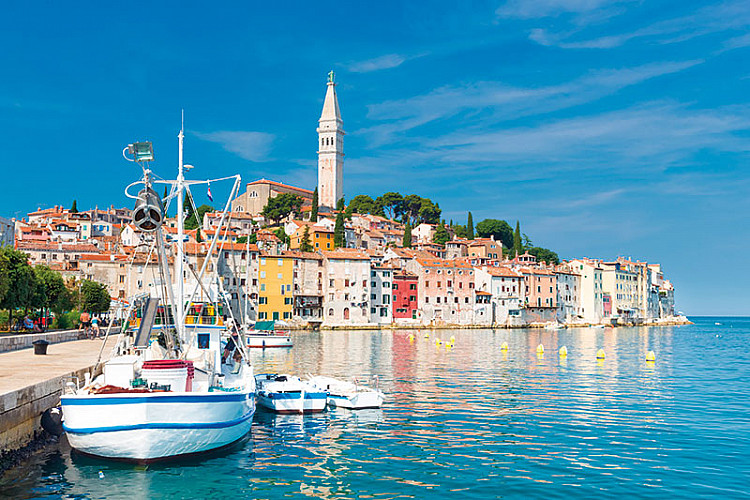
Rovinj, poised against a stunning stretch of blue sea, is where I buy my first local watercolour. Hand painted by the grandfather of the ebullient youngster who mans the pavement stall, it is a detailed reproduction of the very steps I am standing on and its Venetian-style surroundings. The girl, sporting layers of mascara and blue plastic hoops, tissue-wraps my find of the day and proceeds to gather another stack of vivid renderings from her home behind the stone wall. The picturesque maze of narrow paths, themed cocktail bars and tiny shops where entire families are occupied in handcrafted wares, be it candles or jams, lend a quaint, if touristy, air to the Italian-influenced fishing village and port of Venetian lineage. Ceded to then Yugoslavia in 1947, Rovigno formally became Rovinj. Savouring the luscious sweetness of supersized cherries from the farmers’ market in the old town below us, we pass an array of semi-precious jewellery hung like streamers against the city walls as we make our way up on slippery cobble stones to the 18th-century Church of St. Euphemia whose towering steeple rises into the sky.
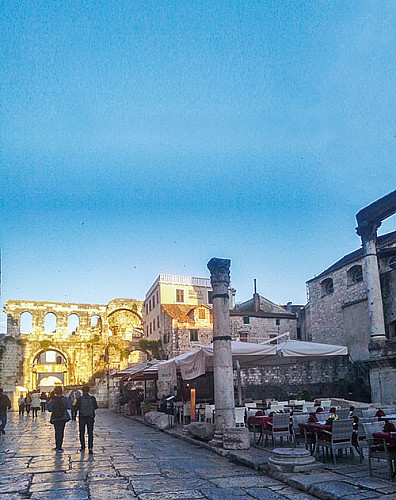
It is a cool summer day with the wind whipping our jackets, when we board the large ferry, minivan et al to Brac, the panoramic island squatting in the Adriatic Sea. The largest island in Dalmatia, measuring 25 kilometre east to west and 10 kilometre north to south, Brac’s biggest lures are its beaches, wine, olives and the precious white limestone that props up the Diocletian Palace in Split, the White House in Washington DC and the Parliament buildings in Vienna. We dock at Supetar, the island’s largest town and tourist haven presided over by the overwhelming sprawl of Waterman Resort, but prefer to check into Hotel Lipa nudging the water’s edge in Postira. Every room here boasts a hold-your-breath kind of view. From my balcony I watch boats in the tranquil waters as the colours in the sky mimic a painter’s palette and the sun makes a slow descent into the sea.
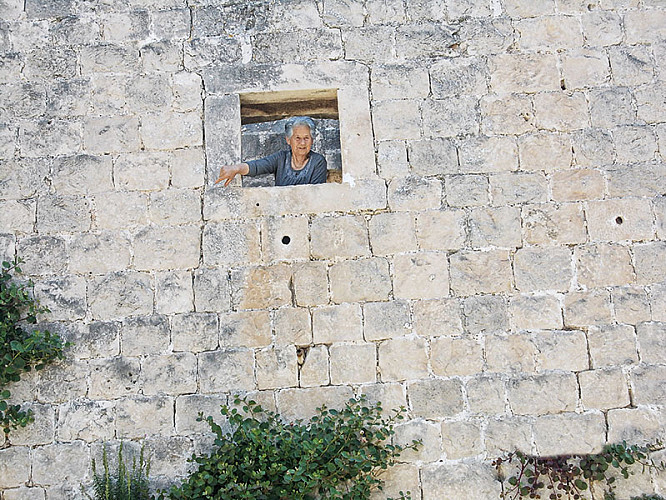
Post a brief stop at Skrip, the oldest hamlet on Brac, we take the winding road up to Vidova Gora, the island’s tallest peak. Down below, stretching as far as half a kilometre into the sea, is the pebbled beach of Golden Horn in the little town of Bol. The beach, an incredible gift of nature that resembles a swan’s neck — or a horn — is peopled with surfers, swimmers, loungers and walkers, as we discover when we reach the bottom and feel the warm sand between our toes. On the way back to our vehicle, we pause before a board that points to a nudist beach, but since the professor is striding resolutely ahead to the car park we quickly follow! Later, settled at the waterfront restaurant Gustirna tucking into piquant regional specialities, we are in luck. On request, the maître d’ pulls out a Zmajeva Spilja red with an exaggerated flourish. The rare wine, of which sometimes only 50 bottles a year come out from a vineyard near the mysterious Dragon’s Cave at Murvica gives our cheery toasts a very special hue.
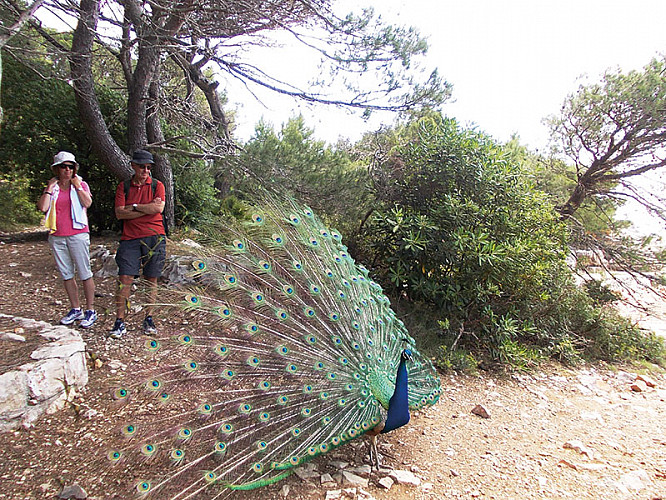
We awake to frenetic storm warnings and just as we are arranging our stash of olive oil bottles in the van, a surge of raindrops pummel our heads. The drive to Split is punctuated by an intermittent drizzle and clouds of mist though once we check into the home-style hotel, the skies relent and the sun peeps out of the shadows. The Diocletian Palace, living monument of the erstwhile Roman emperors and pride of Split, houses almost 900 families within its walls, many of whom run souvenir shops and cafes in the narrow streets. The golden gate entrance is guarded by a gigantic bronze statue of Gregory, medieval Bishop of Nin, whose well-worn big toe is massaged by every guileless tourist for good luck! Inside, sitting on steps that reek of Roman lineage we nibble on an oven-fresh pepperoni pizza while absorbing the historical magnificence of cathedral, crypt, bapistry, bell tower and museum within the ancient walls. Split, second-largest city of Croatia (after Zagreb), draws its esoteric name from the spiny broom, a common shrub that grows in its environs. In the late evening we catch the fading glow of an orange sunset as we sip our cappuccinos and lattes on a promenade that overlooks the relaxed swish of white cruise liners and bobbing yachts in the clear blue expanse. If Cannes flaunts its star-spangled Croisette, Split has its style-conscious Riva.
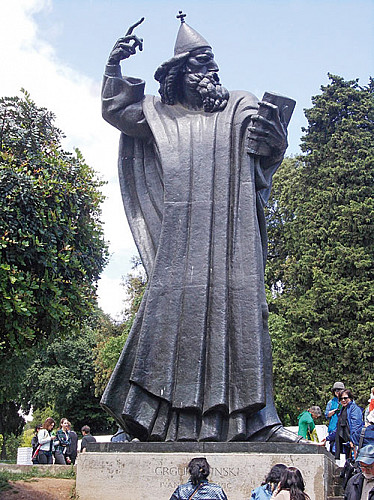
En route to our final destination along the Adriatic, we stop for a few minutes on Bosnian soil to grab some sandwiches and satisfy passport control before driving into Dubrovnik, the city that rests in the embrace of the sea. A UNESCO World Heritage site, and remarkably buoyant despite its 1991 battering, Croatia’s crown jewel proudly flourishes its natural bounty, fortified old town and fictional setting for Game of Thrones. Villa Dorma, where we unpack for three nights is directly opposite the castle-fortress so we find ourselves spending entire days within the 12th-century walls, cafe-hopping, bargain-hunting, even joining a crowd of beaming parents watch their children give applaud-worthy performances for Peace all over the World, a charity event. We encounter a waitress, Ivana, who memorises questionable Hindi phrases, the shy chef Rahul whose Indian eaterie seduces with paneer korma and veg pulau, the lovely Domenika Lončar who urges us to taste the house wine at Spaghetteria Toni and the affable couple, Antonio and Tihana, who explain the nuances of organic herbs and spices at the farmers’ market. Everyone speaks fluent English.
Sporting our pricey silk scarves bought from the original home of the legendary cravat, we leisurely go through our picture galleries at the airport while we wait to board. And I suddenly pause on an image from the island of Lokrum that I may never again catch. That of a full-grown peacock who for a good 10 minutes preened for our cameras in full-frontal mode!
Wander through the UNESCO-protected 6th-century basilica in the ancient Roman town of Poreč and stop for a thin-crust wonder at a pizzeria called Nono.
Buy wispy lace tablecloths and delicately crocheted angels from Rovinj.
Taste the Dalmatian rozata, spiked with rose liqueur and floating in a pool of caramel.
Brave zip-lining with like-minded adventure seekers in Pazin and race with the birds above the foliage-covered chasm.
Walk around Hum, officially listed as the smallest town in the world with houses built into the defensive walls.
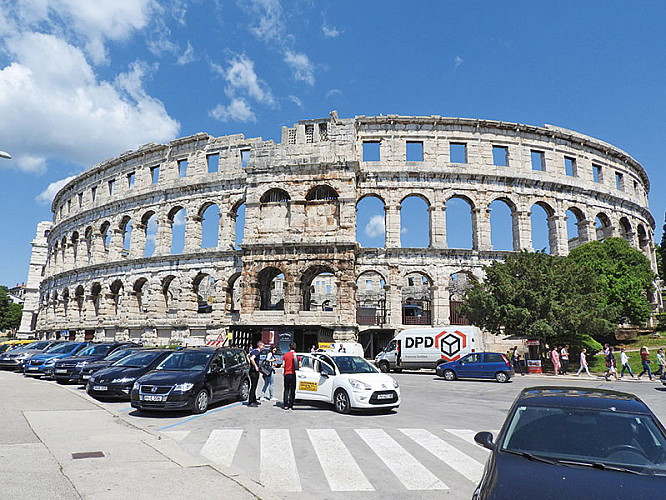
Gaze at the 1st-century- AD-built Roman amphitheatre in Pula, largest city in Istria county.
Drop anchor at Pucisca, home to the famed limestone quarries and pick up a white owl magnet.
Relish paprenjak, the fragile Croatian biscuit said to have been baked by a mythical sorceress.
Related posts from Verve:
Verve Trending
Sorry. No data so far.
us on Facebook to stay updated with the latest trends

